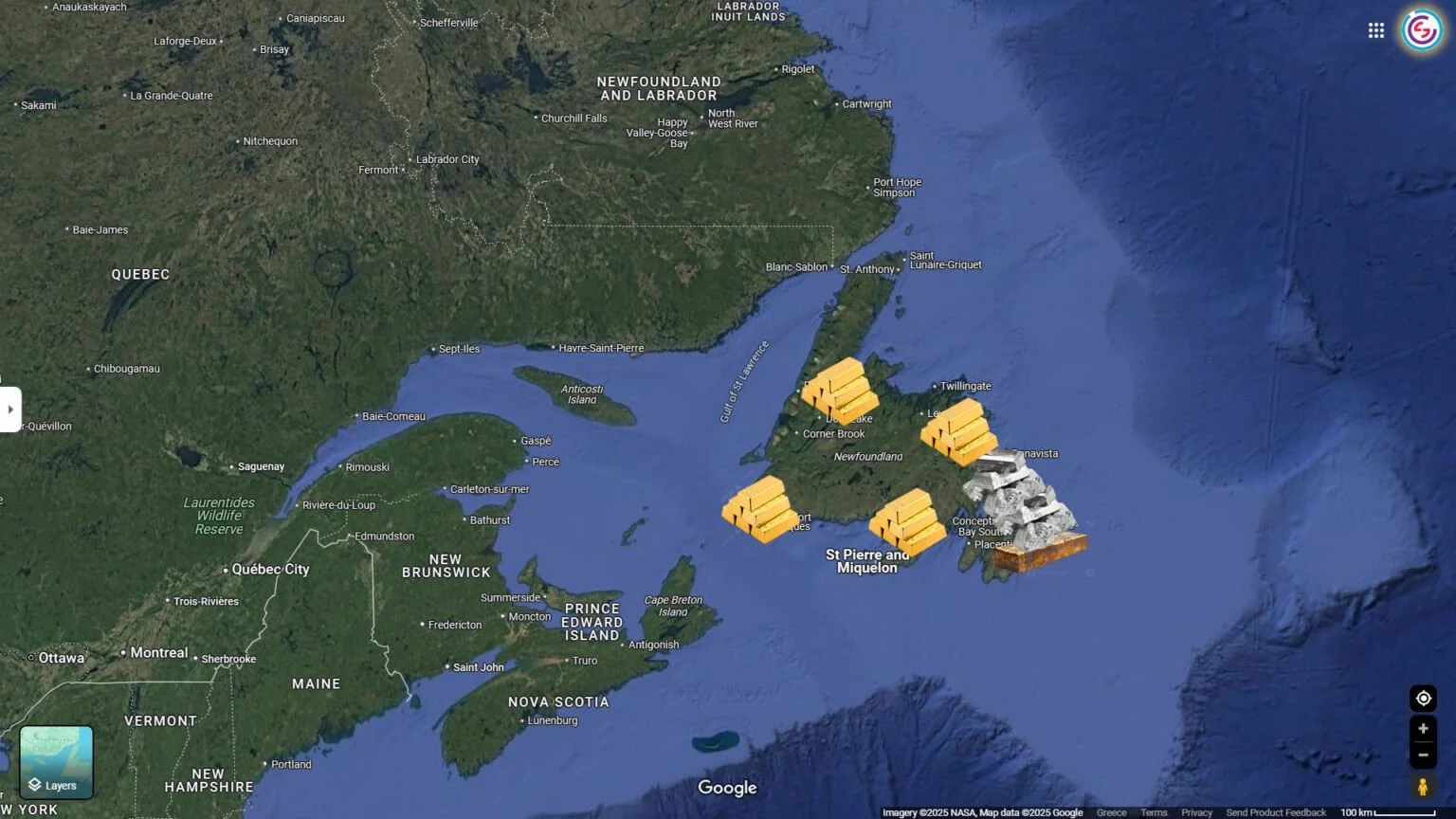The idea that ancient Greeks may have reached North America sounds outrageous to many—but becomes intriguingly plausible when one closely examines the writings of ancient authors like Plutarch.
Researcher and philologist Panagiota Preka-Papadima has explored one of Plutarch’s most enigmatic passages, shedding new light on the possibility of Greek presence in the New World, centuries before Christopher Columbus.
Plutarch’s Passage and the “Great Islands”
In his work “On the Face in the Moon” (Περί του εν τω Προσωπώ της Σελήνης φαινομένου), Plutarch refers to a Greek colony located beyond the Atlantic Ocean. The text suggests that Greeks had sailed great distances and settled on islands near a massive continent “beyond the Great Sea.”
He also mentions waypoints on a maritime route, including:
The Islands of the Blessed (likely the Canary Islands);
A Great Island, which some interpret as Atlantis or possibly Iceland;
And finally, a continent located beyond the Pillars of Heracles (i.e., the Atlantic Ocean).
A Greek Colony in America?
Preka-Papadima highlights a striking phrase: “The Greeks sent colonists to lands beyond the Ocean.”
According to her, this cannot simply be dismissed as myth. Plutarch—a philosopher, historian, and priest at Delphi—was not known for fantastical storytelling.
She connects this account with astronomical references in the text. Plutarch describes time intervals, lunar positions, and star movements, adding a layer of credibility. He even claims the colony communicated with Delphi every 30 years, suggesting a structured and long-term exchange.
A Map of the Greeks’ Possible Route to America
Researchers have proposed a possible route, tracing the steps outlined in the passage—through the North Atlantic and toward the shores of North America.
Matching the Ancient Descriptions to the Americas
According to Preka-Papadima:
The distances, landmarks, and sequences described by Plutarch align remarkably well with locations in the North Atlantic—possibly leading to North America.
The description of a continent with fresh water and mild winds corresponds to areas like Canada and the Great Lakes.
The term “Ogygia” (used to describe the large landmass) may refer to ancient mythological realms—and could be linked to the idea of Atlantis.
Greek Seafaring Knowledge and Capabilities
This theory gains credibility when we consider that:
The Minoans and Mycenaeans were exceptional seafarers;
They possessed advanced astronomical knowledge and built ships capable of long-distance voyages;
Ships like the penteconter and evolving coastal charts show a higher level of sophistication than previously believed.
Skepticism and Challenges
Still, the theory faces significant challenges:
There is no definitive archaeological evidence of Greek presence in America—only indirect clues and controversial artifacts.
Many classical scholars interpret Plutarch’s text metaphorically rather than literally.
Others believe the “unknown lands” refer to Ireland, Scandinavia, or other parts of the then-known world.
Rejection or Rediscovery? A Modern Interpretive Shift
Preka-Papadima calls for a reassessment of ancient texts, guided by modern science—from geography and maritime technology to comparative mythology.
She urges scholars not to treat ancient references merely as myths, but as fragments of historical memory, preserved through oral and written traditions.
Myth or Reality?
The theory of a Greek colony in North America isn’t just another fringe hypothesis. It draws from:
Classical texts with precise descriptions,
Demonstrated maritime abilities of ancient civilizations,
And mythological parallels tied to real-world geography.
We may never know with absolute certainty whether ancient Greeks truly set foot in the New World.
But the fact that thinkers like Plutarch recorded such accounts—and that modern scholars like Preka-Papadima continue to explore them—keeps alive the possibility that our civilizational history is richer and deeper than we’ve ever imagined.
Note: Ogygia, or Ogygie, is the mythical island mentioned in Homer’s Odyssey as the home of the nymph Calypso, daughter of the Titan Atlas. Some later traditions associate it with Atlantis.








